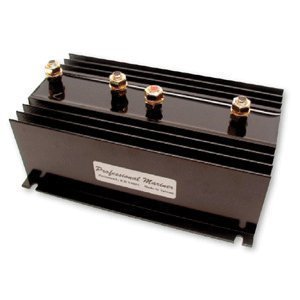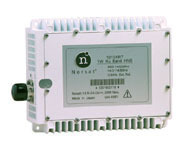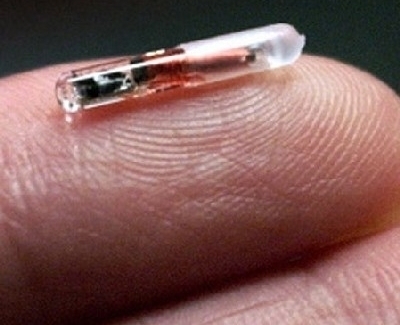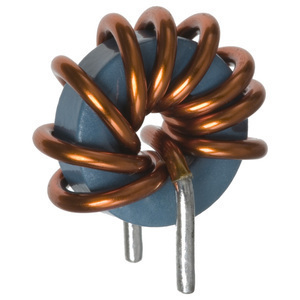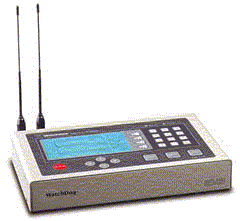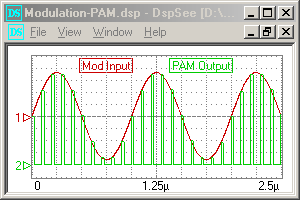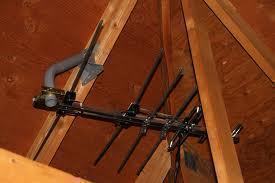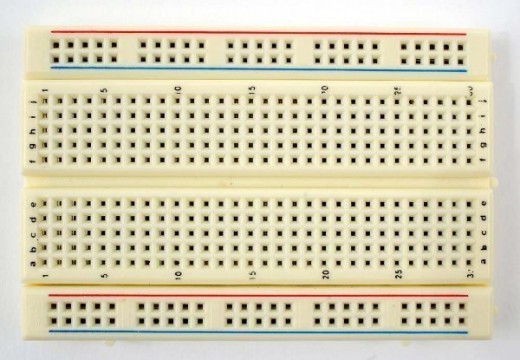Battery Isolators
A battery isolator is used to prevent primary battery systems from being drained and are mostly used in car stereo systems. These devices cause a secondary/auxiliary battery to be drained instead of the vehicle’s primary battery. This is so whether the stereo is used when the engine is turned off or if an after-market stereo …

